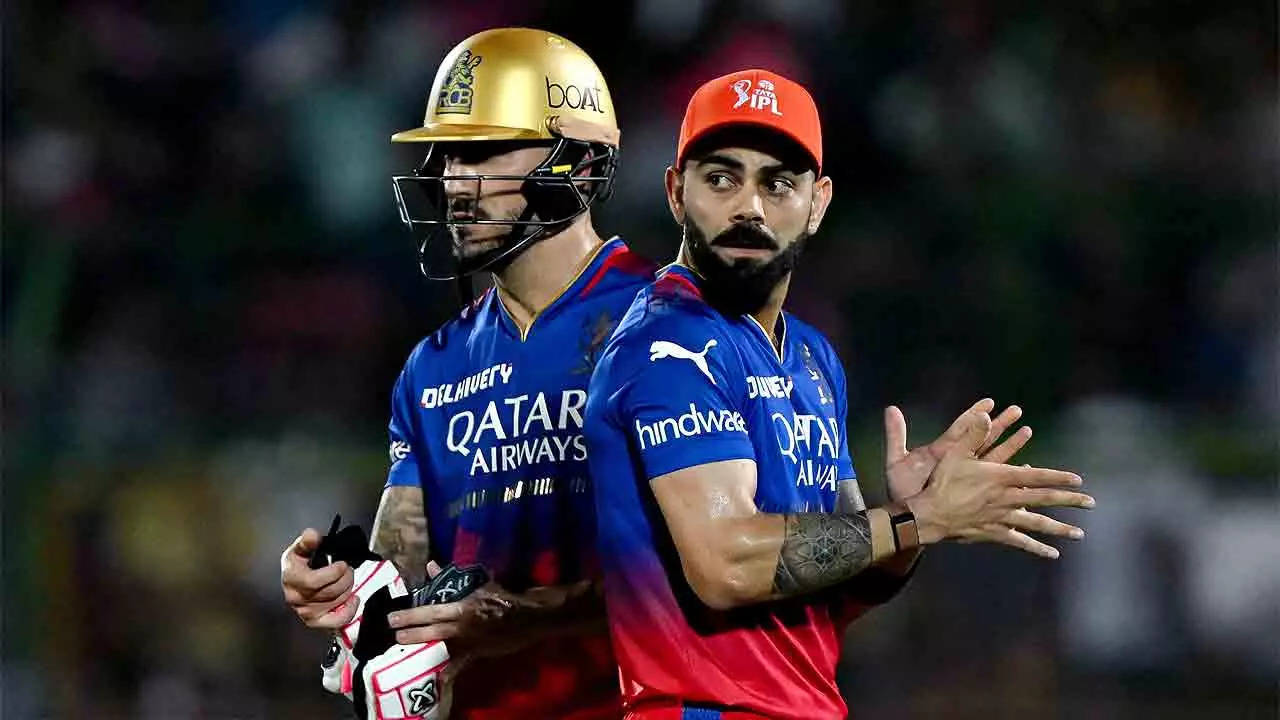T20 Cricket: Strike Rate Trumps Average as Hitters Take Center Stage
In the realm of T20 cricket, the emphasis has shifted from batting averages to strike rates. This was evident in the recent match between Gujarat Titans and Rajasthan Royals, where the Titans chased down a daunting target of 197 with just five overs remaining.
Despite losing their star batsman Shubman Gill, the Titans relied on their all-rounders to deliver. Rahul Tewatia, Shahrukh Khan, and Rashid Khan all played impactful cameos, scoring at strike rates of 200, 175, and 218.18, respectively.
This trend of valuing strike rate over volume of runs is becoming increasingly prevalent in T20 cricket. In another recent match, Mumbai Indians scored 234 runs without a single batter reaching 50. Similarly, in the RR vs RCB game, Virat Kohli and Faf Du Plessis consumed a significant number of deliveries, leaving less time for hitters like Glenn Maxwell and Cameron Green to make an impact.
The question arises: are we overestimating the value of set batters in the final stages of T20 innings? With the introduction of the impact sub rule, teams now have the luxury of an extra batter. This could lead to teams being overly cautious and not utilizing their full hitting potential.
In an era where 200 runs is becoming the norm, teams need to strike a balance between caution and aggression. By valuing strike rate over volume, teams can maximize their scoring opportunities and increase their chances of victory.

